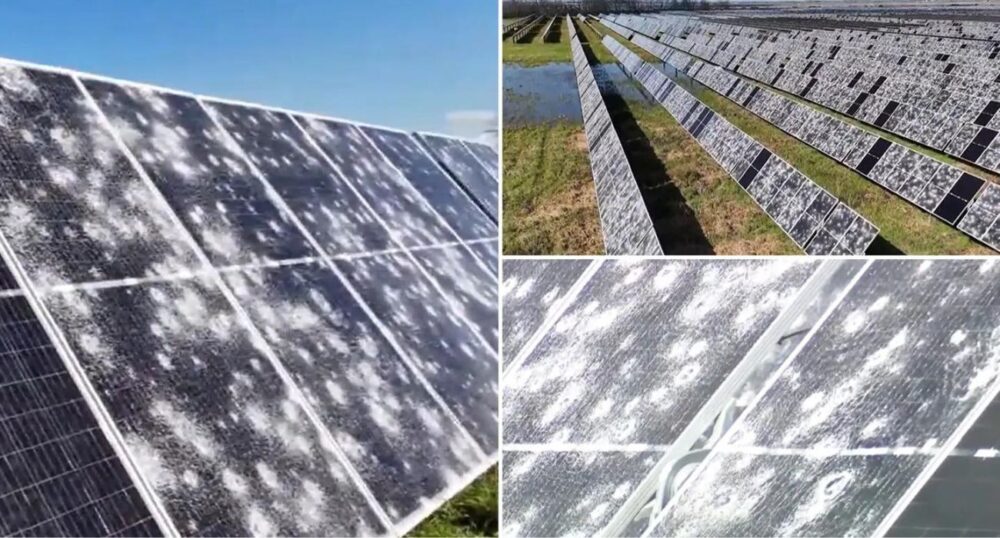A hail storm earlier in March demolished a massive solar energy farm in Texas, exposing the vulnerability of relying on renewable energy over traditional energy sources.
The catastrophic damage to the solar field will require most of the panels to be replaced; however, the power grid was not affected. The solar plant owner said the destroyed panels do not pose a risk to the public.
“As far as solar farms being damaged where hail and tornadoes are common, those companies knowingly run the risk of building solar panel farms in these areas,” spokesperson Emily Matthews told Fox News Digital. Matthews works for Rep. Troy Nehls (R-Texas), whose district the solar plant was located in.
“Events like this underscore the importance of having an all-of-the-above energy approach to meet our energy needs and showcase how our country cannot solely rely on or fully transition to renewable energy sources like this,” added Matthews.
Solar panels that are no longer usable are typically classified as hazardous waste.
“My concern is the hail damage that came through and busted these panels — we now have some highly toxic chemicals that could be potentially leaking into our water tables,” Needville resident Nick Kaminski told Fox affiliate KRIV-TV. “I have a family — two children and a wife. My neighbors have kids, and a lot of other residents in the area who are on well water are concerned that the chemicals are now leaking into our water tables.”
Copenhagen Infrastructure Partners (CIP), the parent company of the destroyed solar farm developer, said the panels are currently not at risk of leaking chemicals.
“The silicon-based panels contain no cadmium telluride, and we have identified no risk to the local community or the environment,” CIP told Fox News Digital.

